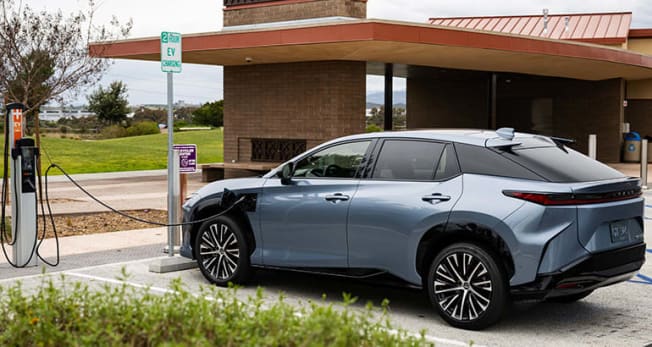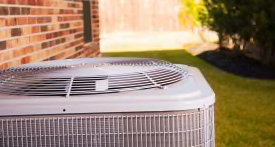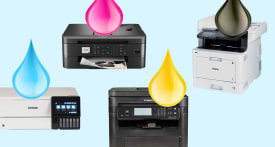Proposed EPA Emissions Rules Spur Massive Push Toward EV Future
The strongest-ever pollution standards could make EVs two-thirds of new-car sales by 2032

The Environmental Protection Agency proposed new, more stringent federal vehicle emissions standards today to significantly reduce harmful air pollution and accelerate the automobile industry’s transition to electric vehicles.
The proposed rules, which are still subject to public comments and potential changes, address emissions from both light passenger vehicles—the cars and trucks used by consumers—and heavy-duty vehicles like delivery trucks and buses.
Electric Cars 101
What the Rules Will Mean for Consumers
EVs are currently less than 6 percent of all new-car sales. But a growing number of Americans are eager to buy a battery-electric vehicle, according to a nationally representative survey of 8,027 U.S. adults (PDF) Consumer Reports conducted in January/February 2022. The survey found that 14 percent of Americans—approximately 36 million people—would definitely buy or lease an all-electric vehicle if they were going to purchase a car now—up from 4 percent in a nationally representative survey CR conducted in 2020. According to a recent CR analysis, consumer demand for electric vehicles already far outpaces supply: There are now approximately 45 EV-ready buyers for every EV being manufactured.
But the CR survey also found that the two main barriers to EV purchase are concern over EV pricing and the limited availability of public charging stations. Chet France, former EPA director and technical consultant for the Environmental Defense Fund, says EV prices are expected to match their similar gasoline counterparts in a few years, as volume increases and the industry finds new efficiencies in both battery and car construction. Further, there will be far more choices available, like the Kia EV9, the first mainstream three-row electric SUV. Many more models are coming soon.
According to CR’s policy experts, the proposed rules will spur solutions to the challenges related to charging availability. “While this rule doesn’t directly affect infrastructure, it will help solve the chicken-and-egg problem with infrastructure,” says Chris Harto, CR’s senior policy analyst for transportation and energy. “By guaranteeing that greater numbers of electric vehicles will be manufactured in the coming years, the new standards will help give private industry the confidence it needs to invest in infrastructure, knowing that greater demand for charging is on the way.”
Michael Regan, the EPA administrator, said Tuesday that the country had seen a 40 percent increase in the number of public chargers since 2020. However, Harto says many more than the 130,000 chargers the EPA says are currently online will need to be made available to support the projected increase in EVs that will result from the new rules. A report published in 2021 by Atlas Public Policy—a policy analysis organization—estimates that there will need to be 500,000 public chargers by 2030.

Photo: Lexus Photo: Lexus
The bipartisan infrastructure law passed by Congress in 2021 directed $7.5 billion in federal investment into charging infrastructure. Retailers will play an important role in expanding charging opportunities. For example, Walmart announced earlier this month that it would install fast-charging stations at thousands of its stores, and 7-Eleven announced a similar initiative in March.
France, the former EPA official, spoke about the upcoming changes at an event this week, positing that about 90 percent of EV charging would be done at home. He also says that past EPA rules have outpaced available technology, while the current rule dovetails with technology that is already in mass production. Still, says Harto, manufacturing capacity for EVs themselves has a ways to go before it can meet the ambitious goals set by the EPA’s proposed rules.
“Consumer demand for EVs is already racing way ahead of automakers’ efforts to increase supply,” he says. “These rules will really act as a backstop to keep the laggards in the industry from falling too far behind.”
And that boost should, he says, bring down the cost of EVs.
“When combined with the tax incentives available from the Inflation Reduction Act, they help ensure that consumers have access to more affordable EVs in more vehicle classes.”
The Alliance for Automotive Innovation, an auto industry consortium of car companies and suppliers, cautioned that even as EV numbers rise and manufacturers invest more into EV production—a projected $1.2 trillion by 2030—there will be significant challenges to boosting the share of EVs on the road. In a memo published in April, the Alliance said the EPA’s proposed changes would require a 100-year transformation of the U.S. industrial base, as well as a big shift in the way Americans drive.
















